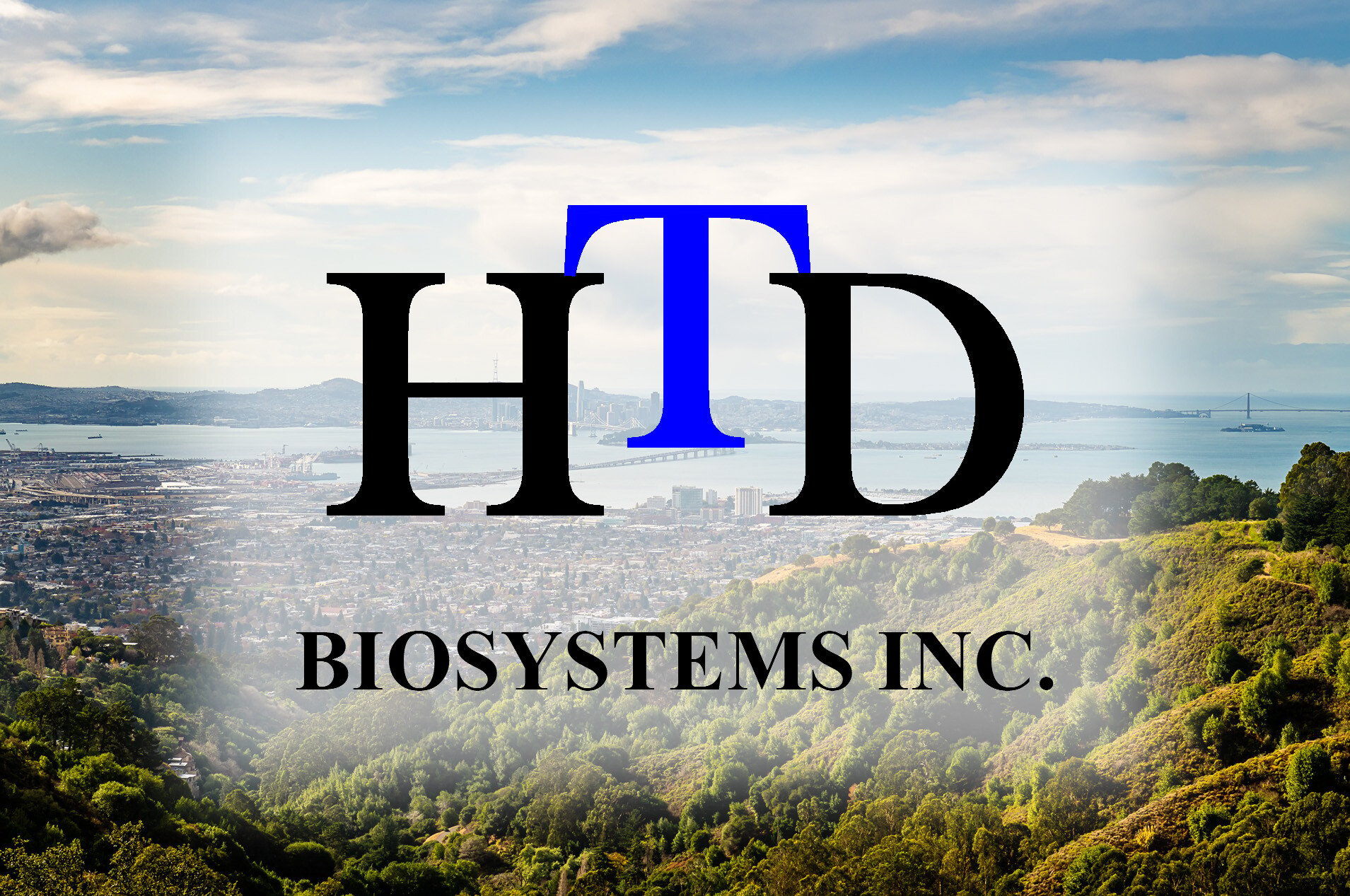A conversation with HTD Biosystems
HTD Biosystems provides services to accelerate the development of biotech drugs, liposomal drug delivery systems, and vaccines. They acquired a FlowCam 8000 instrument for their analytical laboratory and were excited to speak with us about how FlowCam has impacted their value proposition in the analytical lab and for their drug delivery customers. We recently had a conversation with Dr. Mitra Mosharraf, and Dr. Rajiv Nayar to hear about their experiences with FlowCam.
In what context did you first learn about FlowCam?
We discovered FlowCam at a 2010 scientific conference focused on subvisible particles in parenteral drugs. While working on a vaccine project with the University of Colorado, we noticed the aggregation of proteins when attached to adjuvants. At the time, dynamic light scattering (DLS) was commonly used, but Flow Imaging Microscopy (FIM) and FlowCam's high image resolution and advanced software caught our attention.
What was your original vision for using FlowCam?  In 2018, we invested in FlowCam to support a project that specifically required Flow Imaging Microscopy (FIM), enabling us to quickly validate and capitalize on the purchase. Initially, we were unaware that FlowCam could function similarly to a HIAC (light obscuration instrument that provides count and concentration), and its ability to analyze small sample volumes made it an excellent addition to our toolkit. The capability to visualize particle images was particularly valuable. At HTD Biosystems, lacking a HIAC, FlowCam proved to be an effective alternative, especially as many clients were interested in this advanced characterization technique.
In 2018, we invested in FlowCam to support a project that specifically required Flow Imaging Microscopy (FIM), enabling us to quickly validate and capitalize on the purchase. Initially, we were unaware that FlowCam could function similarly to a HIAC (light obscuration instrument that provides count and concentration), and its ability to analyze small sample volumes made it an excellent addition to our toolkit. The capability to visualize particle images was particularly valuable. At HTD Biosystems, lacking a HIAC, FlowCam proved to be an effective alternative, especially as many clients were interested in this advanced characterization technique.
We also knew that subvisible particle characterization was the missing part of our formulation development workflow. It was so helpful to send samples to your FlowCam analytical lab for analysis before making our purchase, and having the option to test the equipment and see the analysis really helped us in the purchase process.
How are you using FlowCam currently?
At HTD Biosystems, we use FlowCam to characterize subvisible particles using the minimum amount of sample (100 µL) during formulation development. We can also use it for protein developability screening and determination of protein aggregation during formulation and process developments, aseptic fill-finish, and release of GLP lots.
We’re happy that FlowCam can quantify particulate matter and help us identify which types of particles we have as an orthogonal technique to other methodologies. FlowCam provides images of the particles but also accounts for the number of particles in a range we could not previously analyze with our in-house instrumentation. FlowCam has been a versatile tool for us in all the different projects or stages of development including protein screening, formulation assessment, and stability studies.
How has FlowCam contributed to your work and customer research?
There are two different ways we use FlowCam. One is for particle characterization services where a company needs an analytical service. They send us any number of samples for testing and characterization. We’ve offered this service for several years now and FlowCam has increased our value proposition in particle characterization and expanded our customer base. It is also a great complement to our suite of analytics.
We also use FlowCam for formulation development within Design of Experiments (DOE). We stress samples, perform freeze-thaws, and conduct stability studies to observe changes in particle composition. FlowCam is crucial for developability assessments, often distinguishing between protein variants when biophysical tests show no differences. It helps optimize critical process parameters during fill-finish or lyophilization, serving as a key stability-indicating assay for our clients.
Tell us about a recent project that was enhanced by the use of FlowCam.
We recently used FlowCam to select the best formulation for a novel antibody-drug conjugate (ADC). We formulated the protein in three different lead formulations that we selected based on our DOE formulation development using the iFormulateTM platform. FlowCam was one of the methods that could clearly differentiate among the formulations and identify which formulation caused the least number of subvisible particles—which in this case were caused by protein aggregation.
We selected the formulation that gave the least number of particles larger than 10 µm and larger than 25 µm. Then we used the formulation for this protein after it was conjugated to the payload (drug). The formulation worked and using FlowCam as one of the most important techniques, we selected the lead formulation for a protein and its corresponding ADC.
Another example is when one of our clients had problems with visible particles during a GMP fill/finish operation. We used FlowCam as the primary technique to address the problem in a filtration/pumping study and rapidly solved the problem with a slight modification in the protein formulation. The product passed all the quality attributes and is now in clinical trials.
For more information about HTD Biosystems services, please visit HTD Biosystems' website.
 Mitra Mosharraf, PhD, MBA
Mitra Mosharraf, PhD, MBA
Chief Scientific Officer, HTD Biosystems
As the Chief Scientific Officer of HTD Biosystems, Dr. Mosharraf's mission is to leverage her skills and knowledge in biotechnology, drug delivery, and vaccines to accelerate the discovery and development of novel therapeutics and vaccines that can improve the lives of millions of people.
 Rajiv Nayar, PhD
Rajiv Nayar, PhD
President, HTD Biosystems
As Founder and President of HTD Biosystems, Dr. Nayar has led the development of numerous drug products from inception to clinical trials, specializing in lyophilization, vaccine development, and innovative drug delivery systems, particularly focusing on liposomes and lipid nanoparticles (LNPs).










